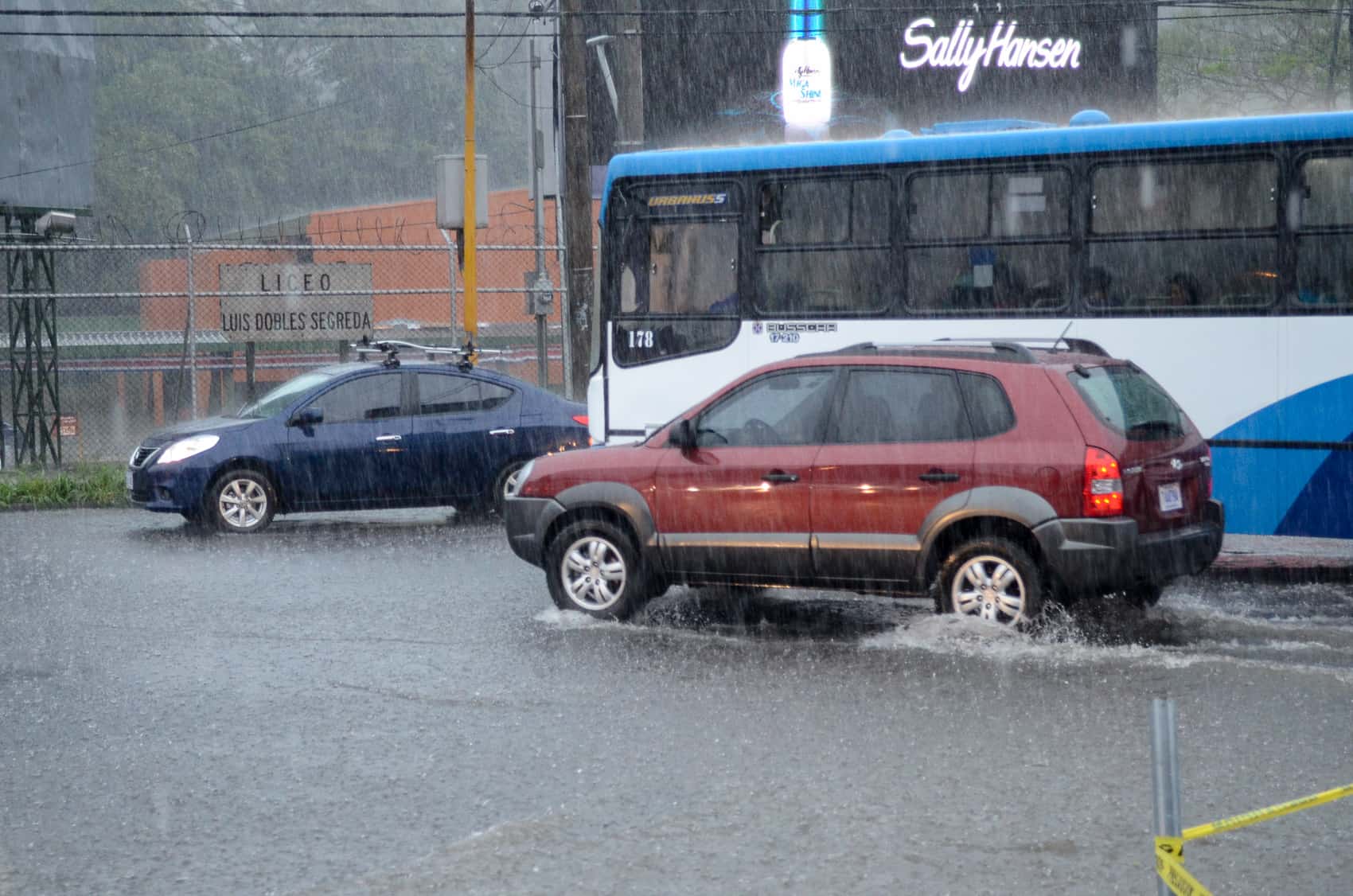Drivers take note: Starting in January, Costa Rica’s traffic fines will increase by more than $26 in some cases.
The highest traffic citation – Class A – will increase from ₡293,000 ($553) to ₡306,000 ($578), the Public Works and Transport Ministry’s Traffic Department reported. Class A fines include driving under the influence of alcohol, driving with an expired license, and speeding over 120 kilometers per hour, among others.
Fines are outlined by Costa Rica’s Traffic Law, and there are five categories of traffic infractions, from A to E, depending on severity.
Class E fines, which include driving in San José on vehicle restriction days and tailgating by truck drivers, will increase by ₡1,000 ($1.90) to ¢22,000 ($41). Class B fines, which include blowing a red light or failing to use car seats for kids, will increase from ₡198,000 to ₡207,000 ($374-391). Driving without a seat belt or while talking on the phone, or failing to present a valid driver’s license belong to the Class C category. Those fines will increase from ₡99,000 to ₡104,000 ($187-196).
Traffic citation hikes are defined each year based on the Consumer Price Index as reported on June 30 by the National Statistics and Census Institute. The decree outlining the increases was sent for publication in the official newspaper La Gaceta and is expected to enter into force on Jan. 1.
Traffic Department Director Mario Calderón on Friday said the increase aims to create awareness among drivers and reduce roadway accidents. He said he believed the hikes are fair because they are – according to him – proportional to Ticos’ purchasing power.
Of course we all know that higher fines won’t make much of a difference if traffic cops aren’t around to enforce the rules of the road. Or, if they’re arbitrarily enforced, as is often the case in Costa Rica. According to an April 2013 story in the daily La Nación, Costa Rica has 900 traffic cops to patrol more than 7,600 kilometers of roadway. Of those, 160 work in the San José greater metropolitan area. Added to that, the number of vehicles in circulation on Costa Rican roads has nearly tripled in the last 15 years, according to CRHoy.com, citing a transit official, increasing from 450,000 in the year 2000 to more than 1.2 million today.






